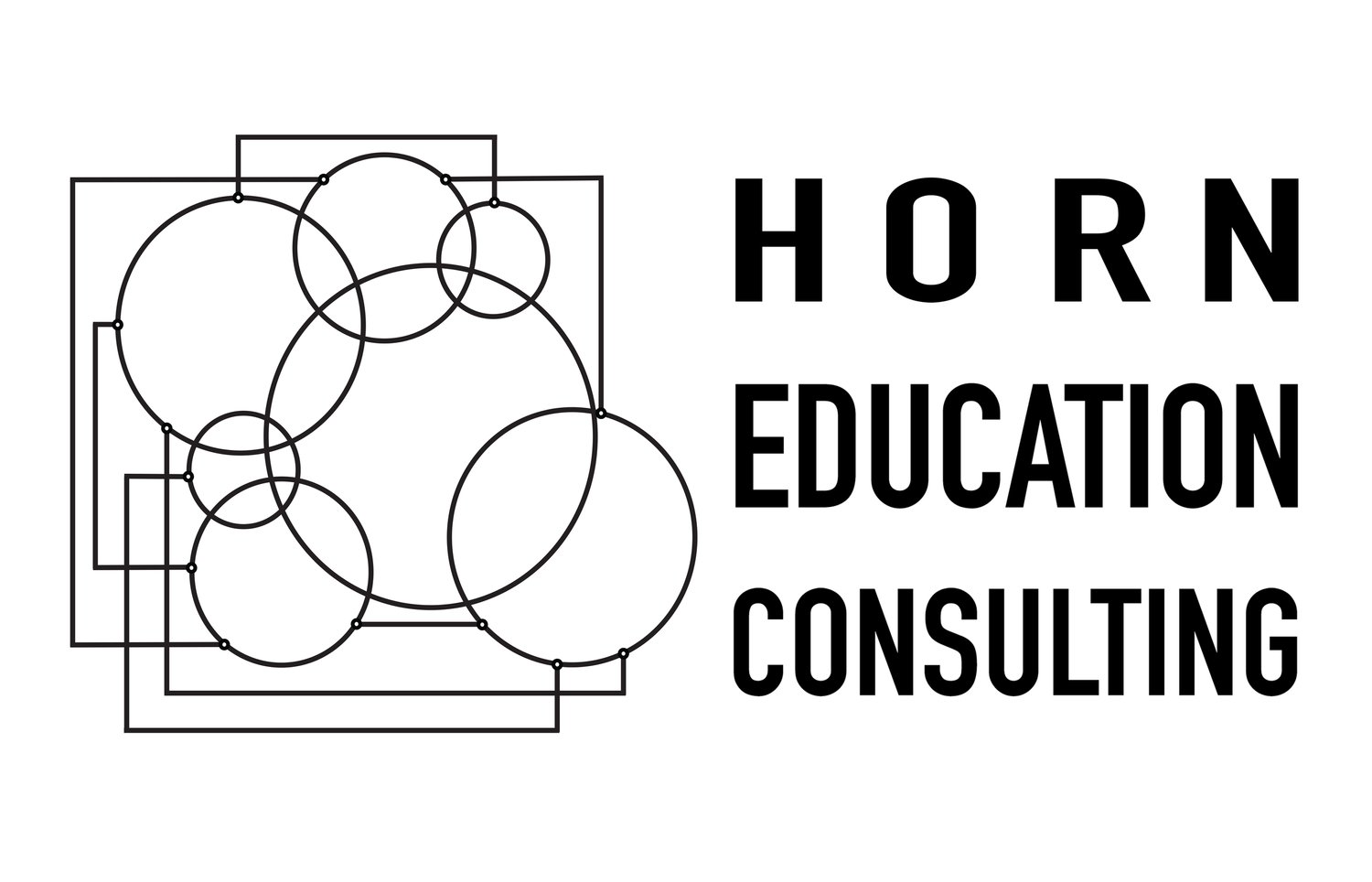We see the world not as it is, but as we are.
Emphasis matters: we see the world not as it is, but as we are.
To apply this Talmudic insight to the world of school, remember that everyone has predispositions and biases.
Some of our biases stem from individual factors like where and when we grew up, or whether we studied more engineering or poetry. Some people value tradition over innovation; for others, it’s the reverse. Some of us are predisposed to view situations optimistically; others, not so much. It’s important to recognize the lenses through which we view the world, and how much they may distort what we’re looking at.
In addition to individual differences in perspective and values, there are certain cognitive biases so widespread that some psychologists believe they are hard-wired in the human brain. These tendencies are called different names, and depending on the resource you consult, there may be over a hundred of them. Here’s a handful to begin a reflective inventory. Schedule 20 minutes with a notebook to take stock of how each of these biases may play a role in yourself or your organization:
5 Common Cognitive Biases
Confirmation bias. We tend to pay greater attention to information that confirms our preconceptions, focusing on what we expect to see. This is why stereotypes often go uninterrogated. If we are already over-generalizing about a particular group (e.g. low-income students, K-12 supervisors), we are likely to reject information that conflicts with our suspicions.
Empathy gap (a.k.a. affect heuristic, emotional reasoning). The tendency to underestimate the influence of one’s feelings. When feeling undervalued or “hangry” (= “hungry” + “angry”), the impact of one’s personal feelings is easy to discount. Whenever you feel unsettled, try to step back, breathe, and re-evaluate.
Negativity bias. We tend to have a stronger capacity to recall negative rather than positive events. In terms of human evolution, it makes sense to dwell more on the deer that charged than the hundred that did not. In decision-making, however, negativity bias can make us prone to assuming the worst about people and situations.
Recency bias. We tend to count the latest information as more important than older data. If I just ran a faculty meeting that ended in grumbling, it may be hard to focus on the fact that the year in general has been going pretty well.
Salience bias. We tend to focus on the aspects of a person or concept that we can grasp most easily. A classroom observer might focus undue attention on one or two students who act out, rather than the 23 who are contributing to a class discussion.
These patterns suggest some of the ways are brains are prone to mislead us. I find helpful the advice from spiritual teacher Eckhart Tolle, who stresses that we don’t need to believe every thought just because we think it. “Don’t take your thoughts so seriously,” he writes in Stillness Speaks.
As you shape your impressions about what (you think) you’re seeing in a given situation, remember to ask, “How do I know this is the case?”
[Image by Roy Chambers. Article copyright 2015 by Peter Horn, Ed.D. All rights reserved.]


